How to Keep Your Property Safe from Tree Damage
Proper tree maintenance will keep your property safe, and your yard beautiful.

Proper tree maintenance will keep your property safe, and your yard beautiful.

Who doesn’t love a good tree? They provide bountiful shade in your yard, not to mention natural beauty, the occasional piece of ripe fruit, and excellent curb appeal for your property.
But a word of warning: If you don’t care for your trees properly, they could be a liability instead of a blessing. They could even cause serious damage to your property, especially if they’re overhanging your roof or any nearby power lines.
The good news is that you don’t need to be a professional arborist to care for your trees.
Read on for top tree care tips for responsible property owners.
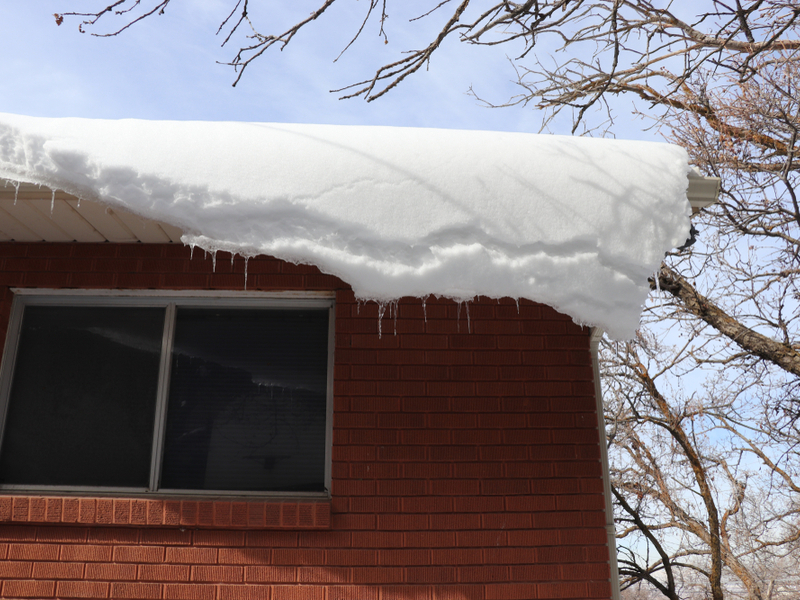
The short answer is: Yes! Regular tree trimming is an essential part of tree healthcare, not to mention being important for your safety and the beauty of your yard and garden. Here’s why.
Tree trimming means removing any branches that are diseased, dying, or dead; branches that rub together; and stubs where branches fell off. This allows the tree to grow in a healthy way and opens up the canopy.
When you help open up that canopy, you let in light and air across the entire tree, reducing the chances of disease and ultimately transforming that modest tree in your front yard into a proper, mature tree that adds character to your property.
Keeping on top of tree health should be a regular part of your home maintenance routine. Properly pruned trees are healthy trees, and healthy trees are safe trees. (We’re going to print that slogan on a t-shirt and wear it on the next Arbor Day.)
A tree with too much foliage can be top-heavy, and fall over. Weak, damaged limbs could snap off suddenly and harm property or people.
You also want to keep tree branches from growing too close to your house or roof, safety lights, or electrical cables, so they don’t become entangled and damage them. Tree damage can cause expensive roof leaks, and you really don’t want to have to redo your roof unnecessarily, especially when reconstruction costs are rising.
Finally, trees growing haphazardly on either private property or city property can cut off your view of traffic, making it hard to cross the street or pull out your driveway safely.
Looks aren’t everything, but when you regularly prune a young tree you’ll help shape it the way you like, encourage fruiting and flowering, and make sure it stays the right size, so your urban forest enhances your home.
You should trim off dead, diseased, or broken limbs as soon as you see them, but regular pruning should follow a careful schedule. It’s a good idea to consult professional tree care services to plan a trimming schedule, and then you can follow it yourself instead of calling in forestry backup.
As a rule of thumb, experts say you shouldn’t prune a young tree for shape until the first winter after planting, and then you should thin excess branches every three to five years.
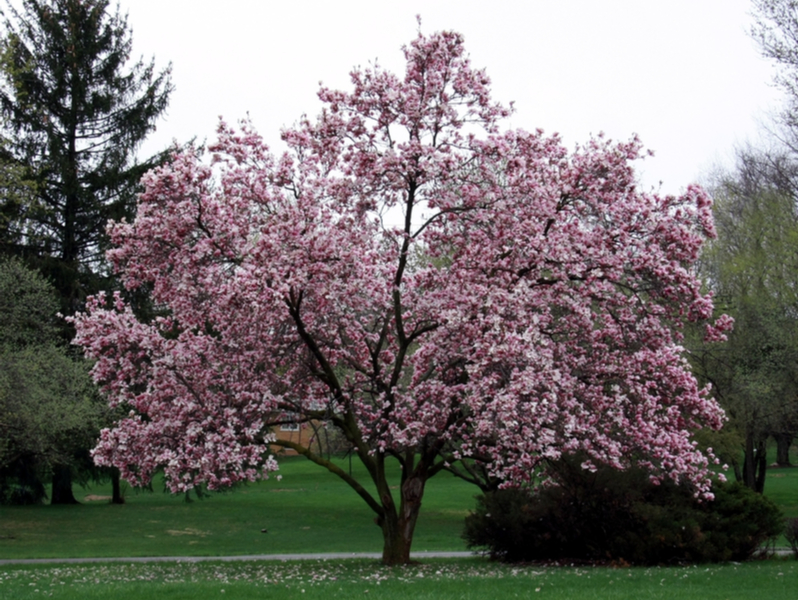
There are just two exceptions to these rules: early and late blooming trees.
Early blooming trees need to be pruned right after they finish blooming, to encourage next year’s growth. If you prune them in the winter, you’ll discourage blooming. Early blooming trees include:
Late blooming trees should be pruned in the early spring, shortly before they bloom, to encourage the best impact. Late blooming trees include:
Big shade trees should be left to professionals who have the experience and equipment, but you can prune ornamental trees and smaller fruit trees yourself.
It’s very important not to cut off too much of the crown, or top, of the tree. If you are just trimming it, you should remove about 10–20% of the branches, focusing on thinner branches and branches that rub against each other. On deciduous trees, the crown should make up about 60% of the tree, otherwise the tree can be weakened. Conifers can cope with a 50/50 crown-to-trunk ratio.
Before we dive a bit deeper, here’s a handy tutorial on tree pruning from Lowe’s.
These can be cut with hand tools like clippers. Cut the branch about a ¼ inch above a bud, facing the outside of the branch, and angle the cut at a 45-degree angle to keep out disease and water damage.
Thicker branches are usually cut with power tools, or sometimes a hand saw. It’s important to cut off thick branches so the tree forms a callus where the branch used to be.
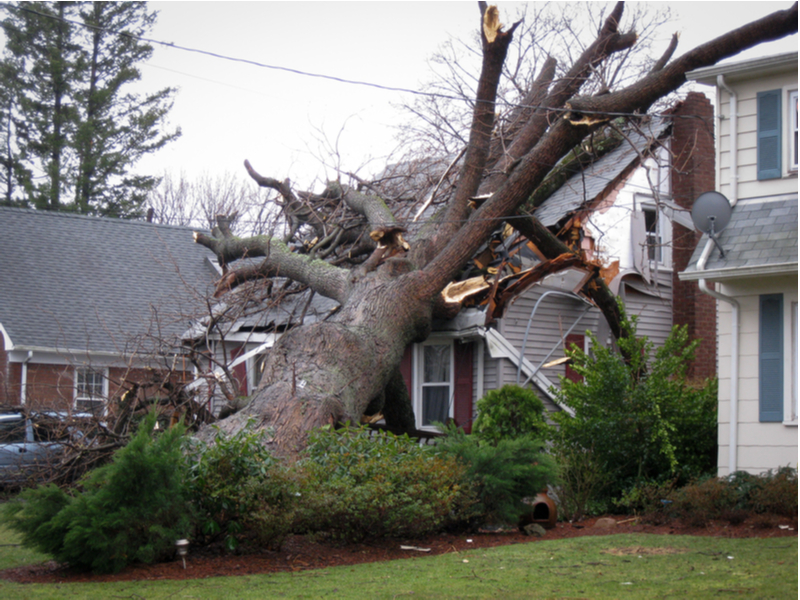
As a homeowner, you want your trees to make your property shadier and more beautiful—but sometimes, all it takes is a storm to transform that stately oak into a threat to your property. Wind, snow, ice, and heavy rain can cause a lot of damage to trees, so inspect and prepare trees before storms roll through. Healthy trees can withstand storm winds, but diseased ones could fall over and get damaged.
To minimize storm damage, you should:
Don’t forget to check and prune trees again just after a storm, to spot and remove cracked limbs.
The best time for tree care is year-round, but you should give your trees extra TLC in the fall and winter. Here’s what you should keep in mind throughout the year.
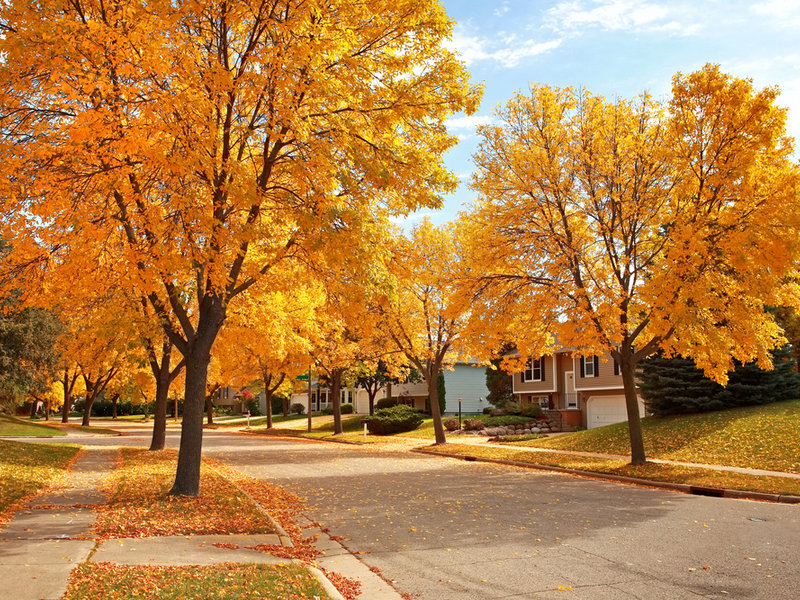
Fall is the time for new tree planting, inspecting existing trees for signs of disease or pests, and mulching them before the winter.
Mulching can help lock in moisture around your trees, protect them against trunk and weed damage, and strengthen your soil, promoting greater longevity.
The best time for tree pruning is in mid-to-late winter (with the exception of certain varieties of trees that we mentioned earlier, like Magnolias and Dogwoods). That’s when you can clearly see the branches, so you can spot ones that need to be removed and shape it before the next growing season.
Winter is also when trees are dormant. Pruning trees during the dormant seasons encourages them to grow more when the weather warms up.
It’s also best to wait for winter because a warm fall can bring on disease, and if you’ve just pruned your tree it will be more susceptible.
How can you tell if a tree needs pruning? If your trees have any branches that are dead, diseased, or otherwise damaged, you should remove them. Any branches overhanging your roof or power lines also pose a serious risk of damage and power outages, so you’ll want to make sure your branches have a safe distance from these sensitive locations.
It’s also worth checking out websites like Better Homes & Gardens and the Earth Observing System for more information on tree diseases and how to tell if your trees are healthy. Naturally, there are also a range of apps you can use to monitor your trees’ health.
You can also prune trees in spring or summer if you want to slow down their growth.
Prune your trees just after they reach their peak of seasonal leaf cover, because the fewer leaves your trees have, the less nutrients they will suck up, and the less they will grow.
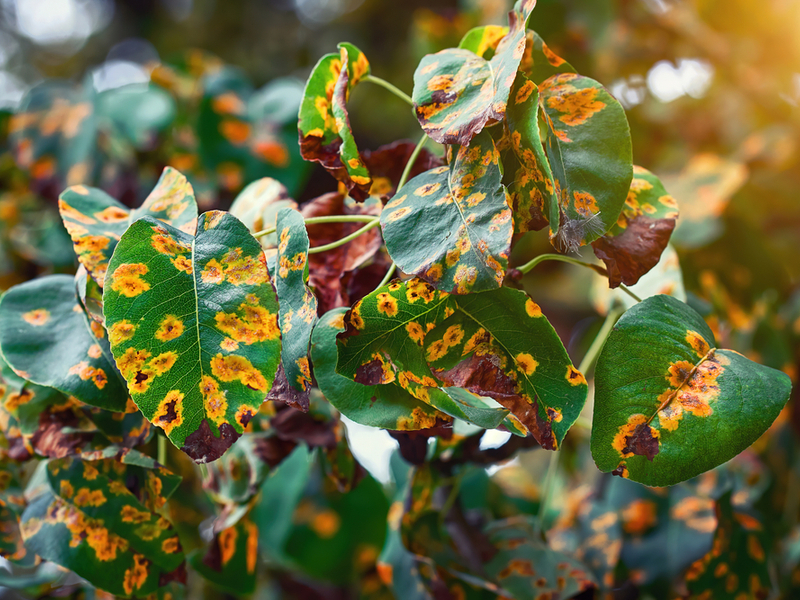
You can’t prevent your tree from disease or infestation, but the earlier you spot a problem, the faster you can wipe it out and the healthier your tree will be.
Keep a careful eye on your tree so you know what it looks like in different seasons and can recognize when something has changed about its health. It can be worth consulting a certified arborist at least once, to learn what to look for in your neighborhood, which pests are harmless, and which ones spell danger to trees (emerald ash borer, we’re looking at you).
Mature trees can mostly thrive on their own, but your job is to protect them and watch over them. Think of yourself as a trusty tree guardian. To that end, here are a few other ways you can show your arboreal intelligence:
Experts recommend spreading mulch around the roots of a tree to protect it from over-watering and over-fertilizing. First remove the old mulch, then spread new mulch two to three inches thick, keeping it away from the bark of the trunk.

With the right tree care, your trees can keep your home shaded and beautiful for decades to come. But it’s always a good thing to take precautions.
As well as keeping on top of tree maintenance tasks, you want to cover your back with Lemonade Homeowners insurance, which can help you if your property or possessions get harmed by storm-damaged trees. Check your policy for coverage against damage by falling trees or limbs, and if you regularly park underneath a tree, you might want to cast an eye over your car insurance too!
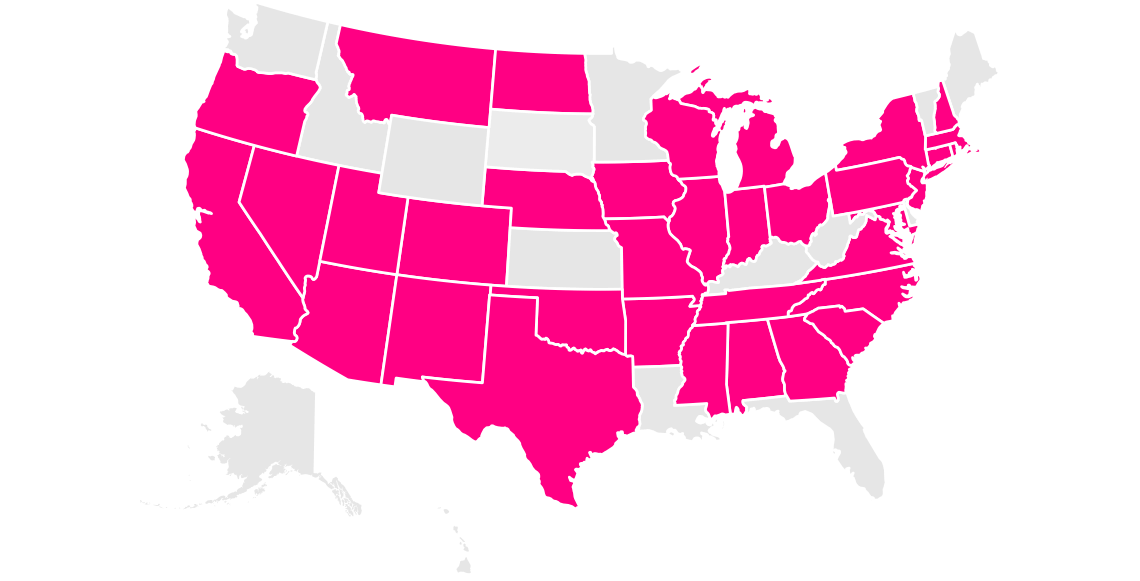
Arizona, California, Colorado, Connecticut, Georgia, Illinois, Indiana, Iowa, Maryland, Massachusetts, Michigan, Missouri, Nevada, New Jersey, New York, Ohio, Oklahoma, Oregon, Pennsylvania, Tennessee, Texas, Virginia, Washington, D.C. (not a state…yet), and Wisconsin.
A few quick words, because we <3 our lawyers: This post is general in nature, and any statement in it doesn’t alter the terms, conditions, exclusions, or limitations of the policies issued, which differ according to your state of residence. You’re encouraged to discuss your specific circumstances with your own professional advisors. The purpose of this post is merely to provide you with info and insights you can use to make such discussions more productive! Naturally, all comments by, or references to, third parties represent their own views, and Lemonade assumes no responsibility for them. Coverage may not be available in all states. Please note that statements about coverages, policy management, claims processes, Giveback, and customer support apply to policies underwritten by Lemonade Insurance Company or Metromile Insurance Company, a Lemonade company, sold by Lemonade Insurance Agency, LLC. The statements do not apply to policies underwritten by other carriers.
Please note: Lemonade articles and other editorial content are meant for educational purposes only, and should not be relied upon instead of professional legal, insurance or financial advice. The content of these educational articles does not alter the terms, conditions, exclusions, or limitations of policies issued by Lemonade, which differ according to your state of residence. While we regularly review previously published content to ensure it is accurate and up-to-date, there may be instances in which legal conditions or policy details have changed since publication. Any hypothetical examples used in Lemonade editorial content are purely expositional. Hypothetical examples do not alter or bind Lemonade to any application of your insurance policy to the particular facts and circumstances of any actual claim.